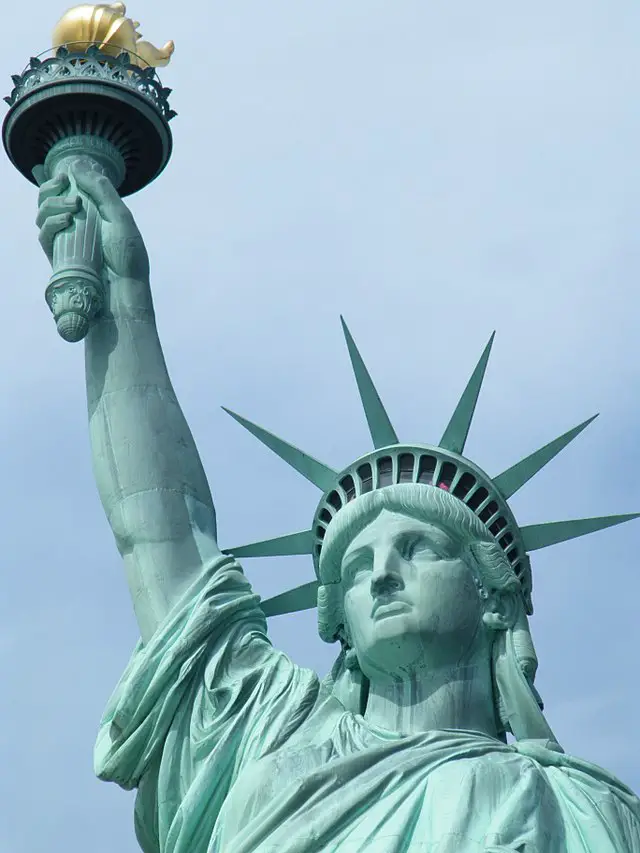
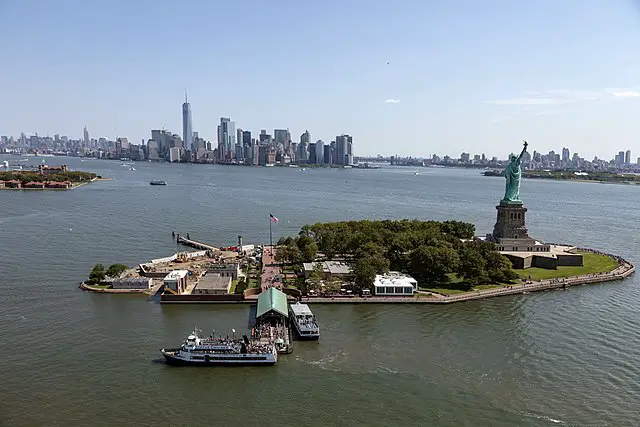
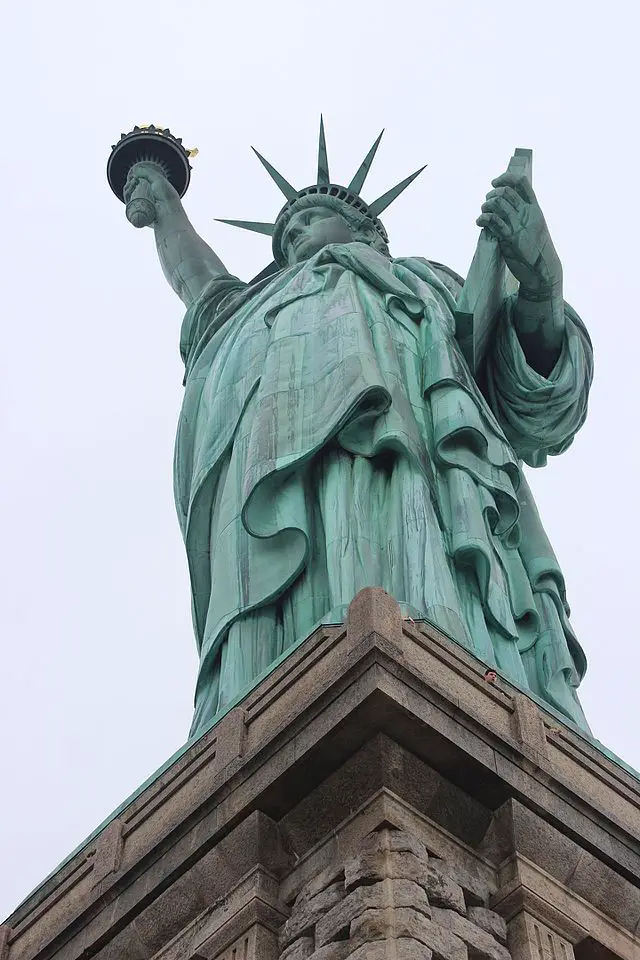
In Upper New York Bay, the Statue of Liberty, a universal representation of freedom, stands. The Statue was initially intended to serve as a symbol of the camaraderie and shared love of liberty between the people of France and the United States, but it has evolved into much more. It is the Mother of Exiles, a symbol of opportunity and hope for those seeking a better life in America. She welcomes millions of immigrants. People all throughout the world are moved by its call for freedom. It stands in for the entire country of America.
In 1886, France gave the statue to the United States as a gift to mark the 100th anniversary of the American Declaration of Independence. The Statue of Liberty in New York was created by French sculptor Frédéric-Auguste Bartholdi and is thought to be based on his mother. Libertas, the Roman goddess of freedom, is depicted in the picture. She is holding a tablet with the date of the Declaration of Independence’s signing in her left hand and a torch, which represents illumination, in her right hand. The Statue of Liberty is an astounding 305 feet tall, including the pedestal (92 meters). To reach the Statue of Liberty’s crown, there are 354 interior steps. At the statue’s feet are broken chains and shackles, which represent Lady Liberty’s freedom from oppression and servitude. The crown’s seven spikes stand in for the seven seas that should be covered by liberty. The construction made of copper required the use of 300 different types of hammers. The natural wearing of the copper gave Lady Liberty her pale green tint, or patina.
The Statue can be seen from Battery Park in Manhattan, but rather than doing that, why not take a ferry and experience Lady Liberty up close and personal? The Ellis Island Immigration Museum is included in the price of the Liberty Ferry, which makes stops at both Liberty Island and Ellis Island.
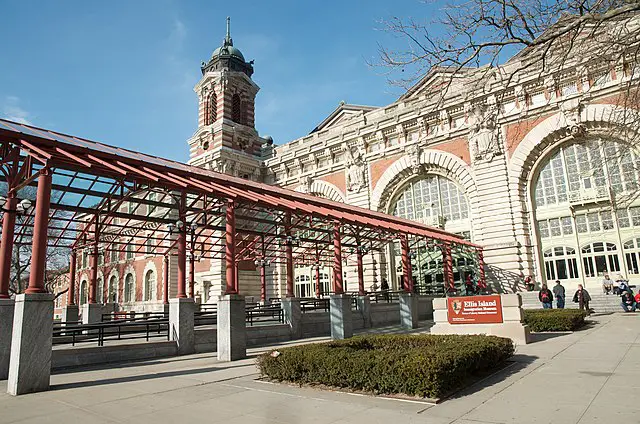
The Museum of Modern Art (MoMA), which first opened its doors in 1929, has grown to be the world’s most important institution for modern and contemporary art. The MoMA is widely regarded as having one of the best collections of modern art, and it is home to works of art like Claude Monet’s Water Lilies, The Starry Night by Vincent Van Gogh, Les Demoiselles d’Avignon by Pablo Picasso, The Persistence of Memory by Salvador Dal, and The Starry Night by Vincent Van Gogh.
It will take you at least two hours to visit the entire MoMA, one of the largest museums of modern and contemporary art (at a quick pace). We advise you to at least visit the fourth and fifth floors, where you will find some of history’s most well-known paintings, even if you don’t have enough time if modern art isn’t your main interest. There are currently around 200,000 pieces of art in the collection.
Alfred Barr, the institution’s founding director, expressed the midcentury view that modernism represented a progressive chronicle in which the torch of significant art was passed from Europe to the United States: “[MoMA] is a torpedo moving through time, its head the ever-advancing present, its tail the ever-receding past of 50 to 100 years ago.” Indeed, after its 1929 debut, MoMA played a significant role in advancing the cause of modern art throughout the 20th century, presenting itself as a kind of temple for the most ardent devotees. Today, that strategy has been largely abandoned in favour of a more diverse programme that includes women, artists of colour, and lesser-known individuals from regions of the world outside of Europe and the United States. Through numerous renovations and additions, including the most recent in 2019 that added 40,000 square feet of extra display space, MoMA has become more user-friendly.



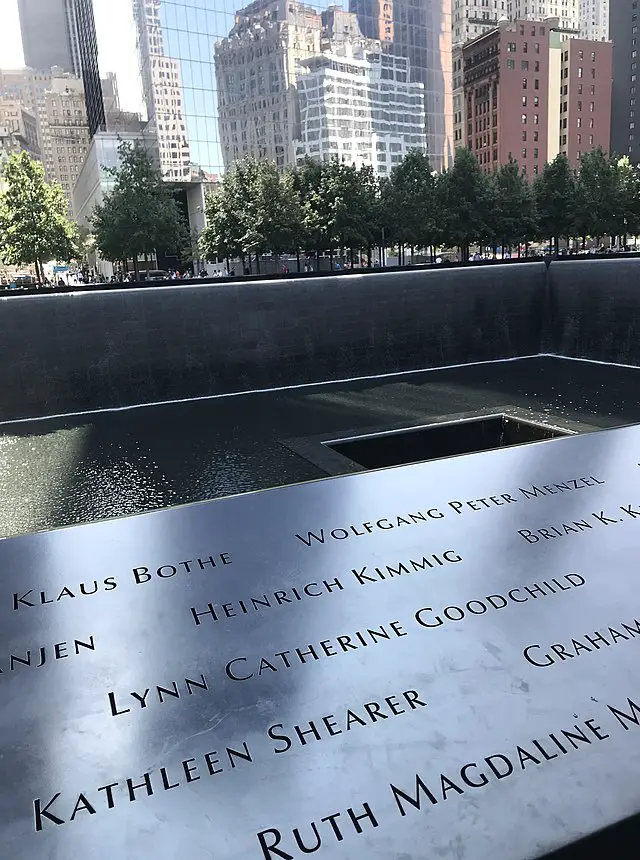
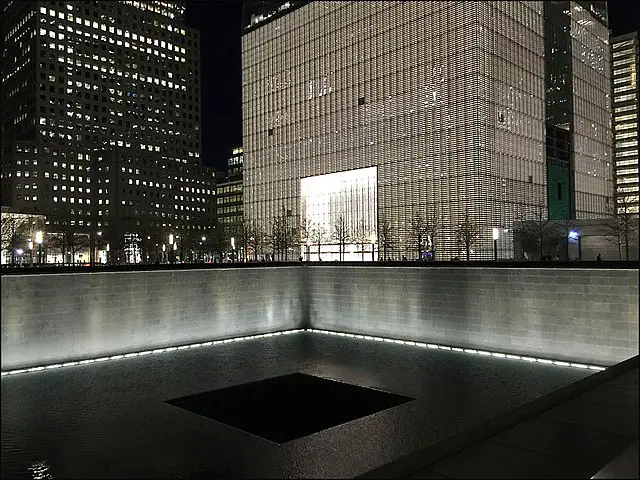
The 9/11 Memorial & Museum, one of New York City’s top attractions, is still open today as a place of memory in the heart of the neighbourhood around the rebuilt World Trade Center. The memorial creates a space of calm that is incredibly uncommon in such a busy metropolis by putting the emphasis on reflection and healing rather than grief or terror. When visiting NYC, you should set aside some time to check out this sight. It’s unusual to explore a place where practically everyone has a personal connection.
The pair of memorial pools, the waterfall of water that cascades from the rim, which is situated in the footprints of the North and South Towers, fosters a serene mood. The pools, with the working title “Reflecting Absence,” were created by architect Michael Arad after he triumphed in a global design contest with over 5,000 entries. The centre of the pool’s bottom is invisible from any vantage point. This is intended to represent the lasting effects of loss. The entrance and top level of the 9/11 Museum, the most of which is subterranean, are located between the two pools. A collection of towers that currently make up the World Trade Center surround the memorial. Tower One, also referred to as the Freedom Tower, is the tallest structure. One World Observatory, which offers stunning views of New York Harbor and downtown Manhattan, is located on the summit of this structure. A nice site to visit before or after seeing the memorial is here. As you move around the memorial, you’ll see a few other significant elements. The Survivor Tree, one of the only live things discovered amid the debris of Ground Zero, is located next to the South Pool. The Memorial Glade, a more recent addition to the memorial, is located behind the tree and is intended to honour the thousands of people who have passed away since September 11, 2001 as a result of health issues brought on by their exposure to chemicals in the air that day. Look up for the remains of The Sphere as you continue south. This sculpture, which was once the focal point of the World Trade Center Plaza, is on exhibit just as it was discovered among the Twin Towers’ wreckage.
The FDNY Memorial Wall is located across the street. Under a sculpture of firemen running towards the burning Twin Towers, the wall contains the names of the 343 firefighters who died. They are printed in bronze. The exhibits are highly in-depth and walk you through the day’s events in detail. Reliving the tragedy might be challenging at times, but along with the heartbreaking tales are moments of awe-inspiring inspiration. Make sure you allot enough time because there is an astounding amount of material. The usual recommendation is two hours, but if you’re attempting to see everything, you may easily spend up to four. There are personal accounts of each of the thousands of victims, relics of the old structures, and never-before-seen footage and pictures. The time you will invest will be well worth the cost.
